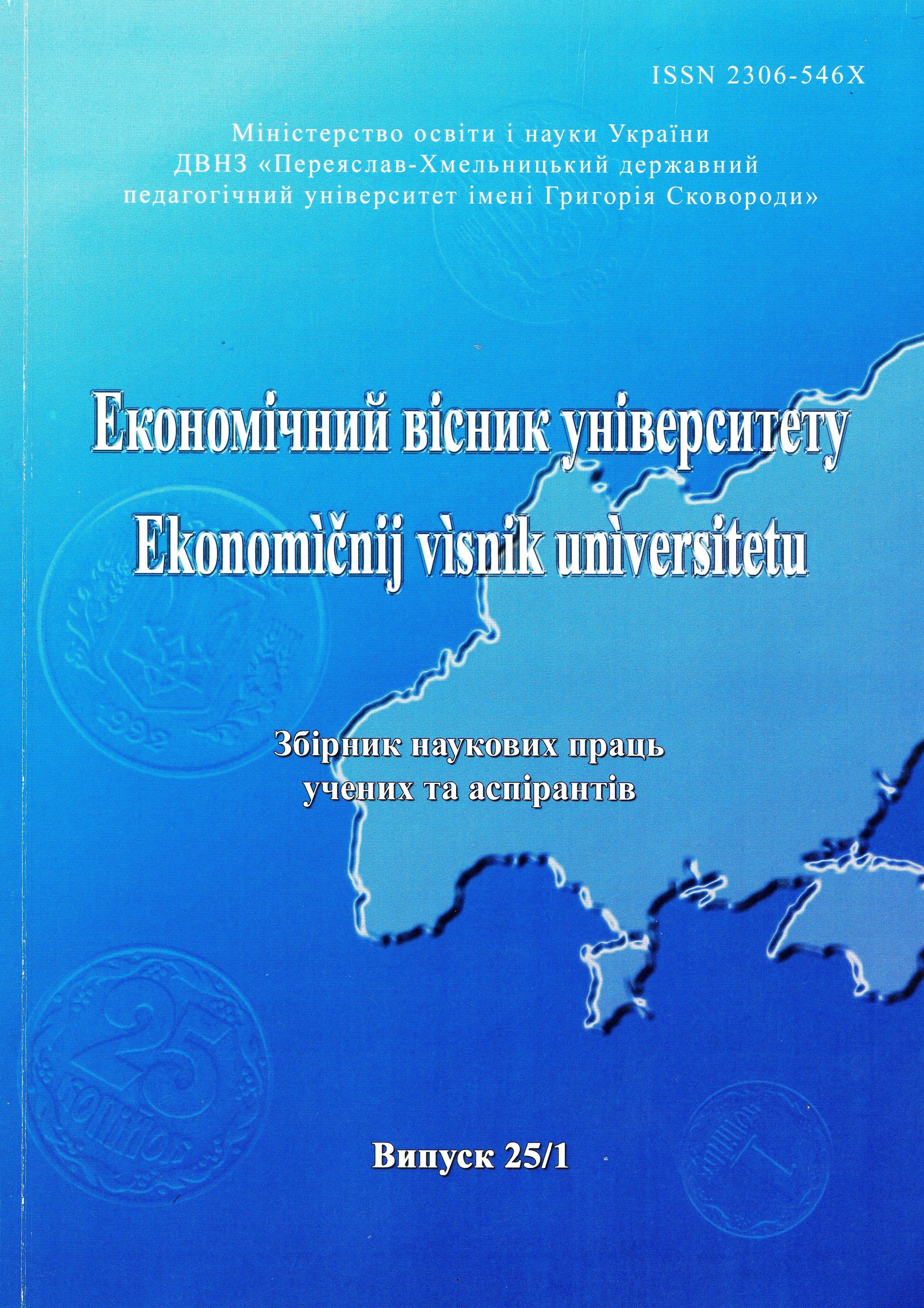Развитие традиционных промыслов в регионах как фактор импортозамещающей модели модернизации экономики России
Traditional activities in the region as import-substitution model of modernization Russian economy
Author(s): Konstantin PavlovSubject(s): National Economy, Energy and Environmental Studies, Regional Geography, Socio-Economic Research
Published by: Університет Григорія Сковороди в Переяславі
Keywords: regional features; territorial factors; import substitution model of modernization; traditional crafts in the Russian republics; Udmurtia; stage of growth competitiveness; regional economy
Summary/Abstract: In connection with the crisis in the global economy and the imposition of economic sanctions against Russia on the part of developed Western countries has acquired special urgency import substitution model of modernization of the Russian economy, one of the most important areas where the regional level (especially in the Russian republics - and they number 22, ie . approximately a quarter of the total number of subjects of the Russian Federation) is the renewal and development of traditional crafts, which has long been engaged in the titular nations and nationalities living in them.The aim is to determine the regional factors and features of the restructuring, modernization and upgrading (especially import substitution model of modernization) of the Russian economy on the basis of the analysis and the study of positive foreign and domestic experience of innovative development of the reproductive systems. We used the methods of comparative statistical analysis, strategic analysis and observations.Work showed that the implementation of the modernization of great importance also is taking into account regional and sectoral characteristics. For example, in the republics, one of the most important forms of modernization will be a revival of folk art, once developed by the titular nationalities of these republics, which will also contribute to the process of import substitution. In the Udmurt Republic to such fisheries include flax, which are extensively developed in the royal period of development (late XIX - early XX centuries), and in the early stages (20th - 30th years of XX century) of the Soviet regime. Then Udmurtia was part of the three regions, the country's largest producers of flax and its products. Currently, flax is grown in 15 districts of Udmurtia, mainly in the northern part and the area occupied by planting flax, recently up about 15 thousand. Hectares. Since 2007, implemented a national program «Development of flax complex of the Udmurt Republic,» whose activities are aimed at increasing the production of linen products and increase production efficiency in the enterprises of the republic of flaxseed. Significant role can play a district community of consumer cooperatives, which at one time had a significant impact in the course of cultivation of flax.Society of Consumer could increase production and also its traditional Udmurt folk crafts like beekeeping, forest crafts, seasonal work (tanning mat, mats, sacks, wool dyeing, paper, a linen fabric and yarn). In other republics of Russia a similar situation - they can develop other types of half-forgotten crafts, often called etnoekonomikoy. Bashkirs, for example, traditional crafts were horse breeding and kumysodelanie who recently also vigorously revived. In the Republic of Bashkortostan and the consumers' society could significantly diversify its activities by participating in the development of traditional crafts.Conclusions. Thus, the process of modernization of the economy apart from the technological aspect includes ethnic, social, environmental, ethical, aesthetic and other aspects. Development of handicrafts in the titular nations of republics within Russia will contribute to the implementation of effective economic policy of import substitution in the whole country and its regions, as well as the development of import-substitution model of economic modernization of the country as a whole.
Journal: Економічний вісник університету
- Issue Year: 1/2015
- Issue No: 25
- Page Range: 14-20
- Page Count: 7
- Language: Russian

